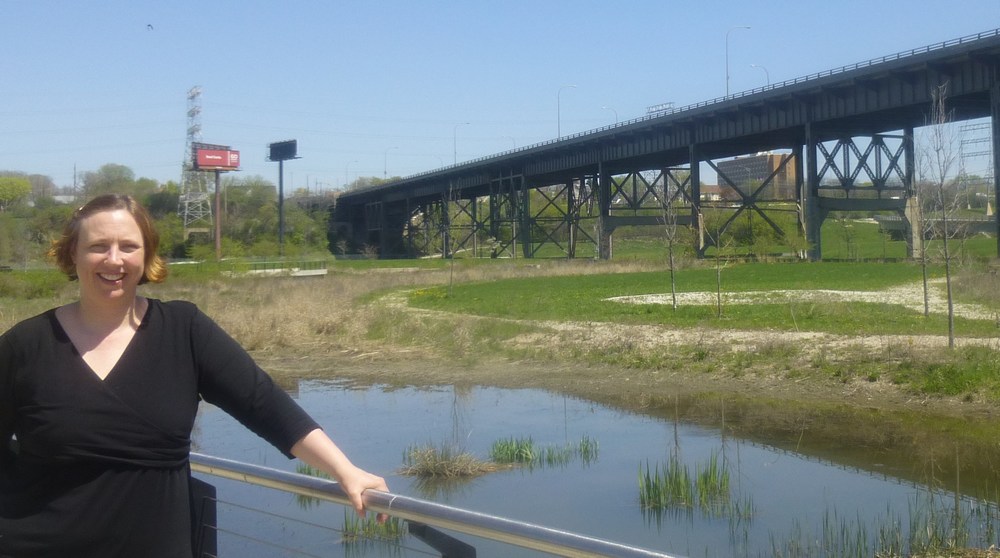NEW STUDY: Green Infrastructure Investments Pay Off in Milwaukee, Wisconsin
Beneficial Impact of Green Infrastructure on Property Values within the Milwaukee Metropolitan Sewerage District Planning Area
The new wastewater permit for the Metropolitan Milwaukee Sewerage District (MMSD) requires that it add at least 1 million US gallons of water-retaining infrastructure each year. The permit is the first of its kind in the United States.
The MMSD is recognized as a regional and national wastewater utility leader in its integration of green infrastructure into its combined sewer overflow reduction strategy.
The MMSD has implemented a variety of green infrastructure projects that capture rain where it falls. By reducing runoff volume, such projects help prevent sewer system overflows and basement backups during heavy storms. The US Environmental Protection Agency (EPA) requested that MMSD do a study to quantify the financial benefits of green infrastructure projects.
MMSD commissioned the Center for Economic Development at the University of Wisconsin-Milwaukee to undertake the study. The Center is a central part of the University’s mission to apply university-based research and technical expertise to improve the quality of life in the Milwaukee region.
A team of researchers led by Kate Madison has demonstrated that integrating green infrastructure (GI) features into redevelopment projects has reaped financial benefits for property developers, homeowners and local taxing authorities.
Green Features in Four Study Areas
The research team analyzed green features in the Menomonee Valley, the Lincoln Creek area on the city’s northwest side and the redeveloped Pabst Brewery site on the edge of Downtown Milwaukee. The fourth study area was the Village of Shorewood because it has a Downspout Disconnection Program and Raingardens.
Preliminary results were released in April at the Clean Rivers, Clean Lake Conference organized by the Southeastern Wisconsin Watersheds Trust (also known as “Sweet Water”).
“Using local data, we were able to develop four hedonic pricing models that measure the impacts of Green Infrastructure on property values,” explains Kate Madison. “Overall, the models indicate that the integration of GI into redevelopment projects has had a positive impact on property values.”
“Unlike other forms of infrastructure that have known and well- established economic benefits, GI is a relatively new form of infrastructure and there aren’t a lot of studies out there measuring GI impacts beyond savings to grey infrastructure systems.”
“The EPA is leading the way, but more work needs to be done in this area. By demonstrating that GI techniques have added economic benefits, incorporating Green Infrastructure can become standard practice in the development or redevelopment process.”
To Learn More:
To access the conference presentation by Kate Madison, click on Impact of Green Infrastructure on Property Values within the Milwaukee Metropolitan Sewerage District Planning Area: Four Case Studies
To download an extract from Rooftops to Rivers that describes the approach that the Milwaukee Metropolitan Sewerage District is implementing, click on Milwaukee, Wisconsin: A Case Study of How Green Infrastructure is Helping Manage Urban Stormwater Challenges.
To read an article published in Milwaukee Shepherd Express newspaper, click on Green Value Boosts Property Values.



